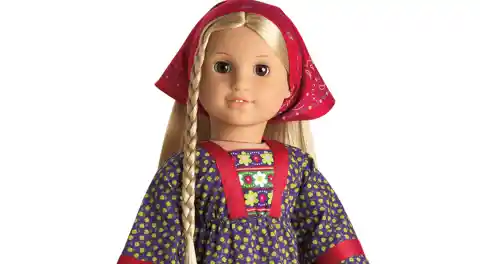Some adults may remember American Girl dolls. I remember getting my first American Girl doll for my birthday when I was about seven years old. It was my dream to be the proud owner of such a priceless possession, but at such a young age, children (including myself) tend not to realize the historical significance of American Girl dolls. Here are the nine American Girl dolls who teach us the most about history.
Number Nine: Kaya. The American Girl franchise was created by Pleasant Rowland. First, Rowland created Kaya (1764). Kaya is from the Nimiipuu tribe, and she teaches young girls and boys about leadership, courage, and the customs of a Native American tribe. Young girls and boys can learn about a culture different from their own with Kaya.
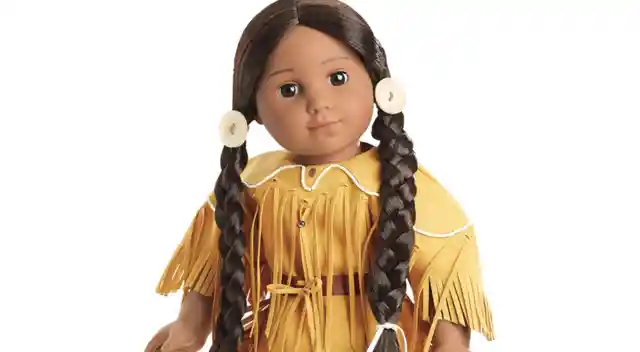
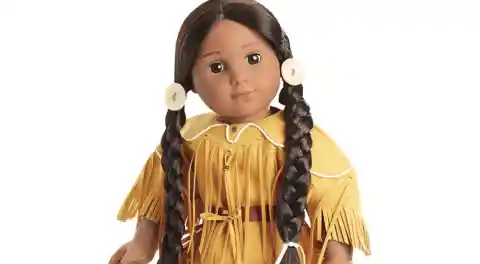
Number Eight: Felicity Merriman. Following Kaya is Felicity Merriman (1774). Felicity grew up during the American Revolution. Not only does this doll teach young girls and boys about the war, but Felicity also teaches them about the struggle of picking sides, and how ultimately it’s best to stay true to who you are.
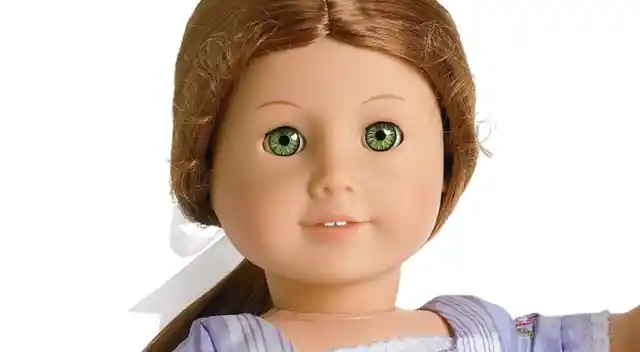
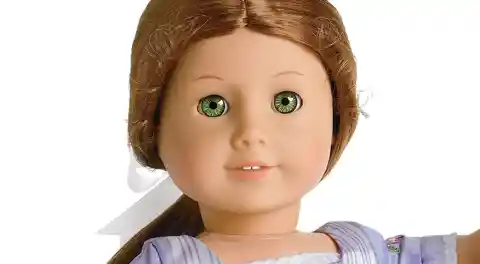
Number Seven: Caroline Abbott. Caroline Abbott (1812) is the next American Girl doll that Rowland and her team created. Caroline’s purpose is to prove that girls can do anything boys can do. She lives in New York with her father, a shipbuilder. Although she is “just a girl,” she eventually ends up sailing ships, which was traditionally a man’s job.
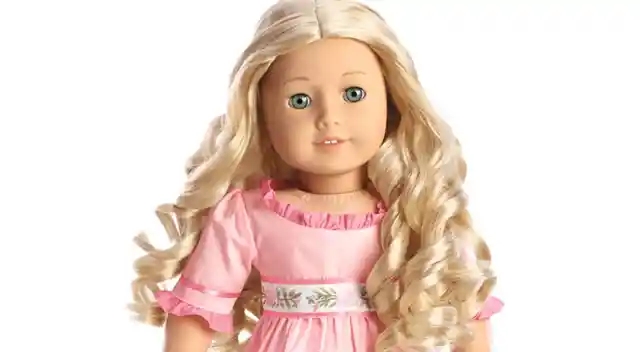
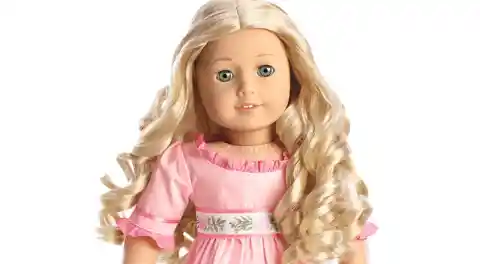
Number Six: Josefina Montoya. Josefina Montoya (1824) lives in New Mexico with her large family. With Josefina, children learn that sometimes extended family all live together in one small house, and it can be completely normal. Additionally, Josefina teaches young girls and boys about her Mexican culture and society, their relationship to the United States, and she even teaches them some Spanish.
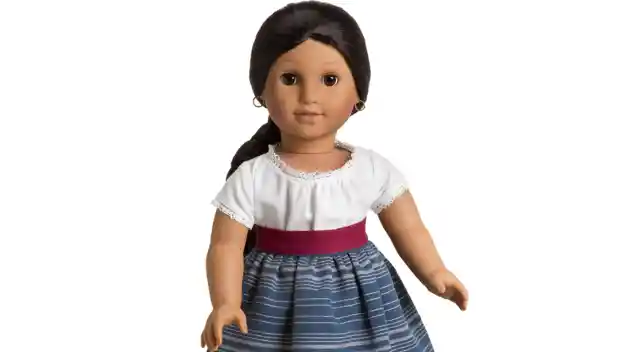

Number Five: Addy Walker. Addy Walker (1864) and her mother are fugitive slaves who escape from their plantation in North Carolina and settle in Philadelphia, Pennsylvania. Addy teaches young girls and boys about slavery, racism, and the American Civil War.
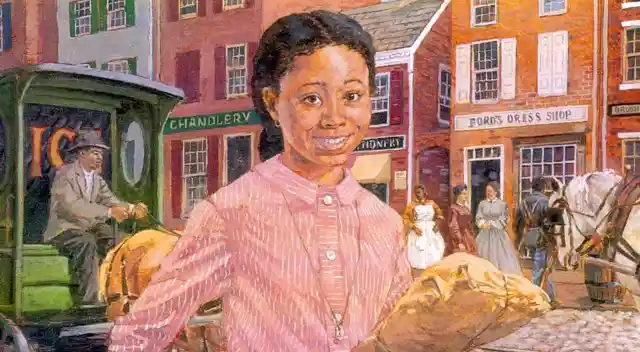
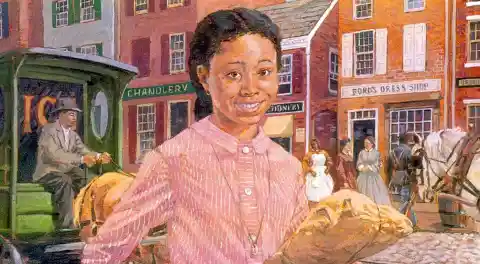
Number Four: Samantha Parkington. Samantha Parkington (1904) is one of the most popular American Girl dolls that Rowland created. Samantha is from the Victorian Era and introduces children to concepts such as women’s suffrage. Although she does not have parents, she grows up with her wealthy grandmother. Samantha becomes friends with a poor servant and shows that socio-economic class does not determine who your friends are or who you are as a person. Samantha teaches young girls and boys the importance of selflessness. Samantha’s story was the first to be turned into a movie.
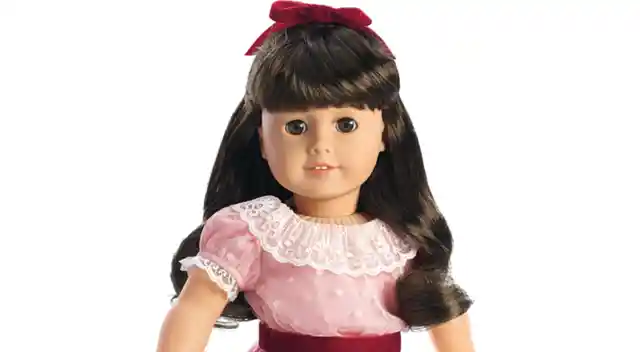

americangirl.wikia.com
Number Three: Kit Kittredge. Kit Kittredge (1934) is yet another American Girl doll that is highly popular among children. Kit is from The Great Depression era, and she teaches young girls and boys about the Great Depression and its long-lasting effects. Kit also shows young girls that it’s okay to be a “tomboy” and, similar to Caroline, Kit engages in activities that aren’t particularly feminine. Kit’s story, like Samantha’s, was turned into a movie.


Number Two: Molly McIntire. Molly McIntire (1944) follows Kit. She is another American Girl that grew up during World War II. Molly teaches young girls and boys about World War II, the importance of helping soldiers, and being proud of one’s nation. Molly’s story was also turned into a movie.
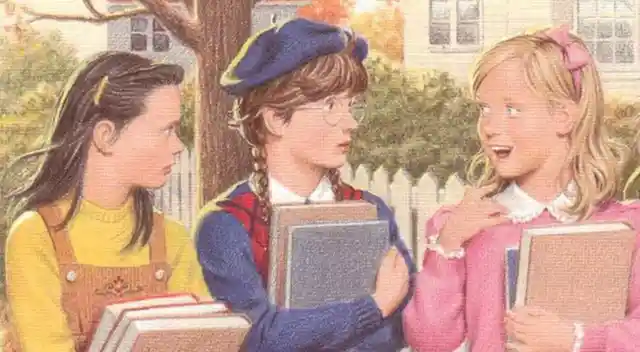
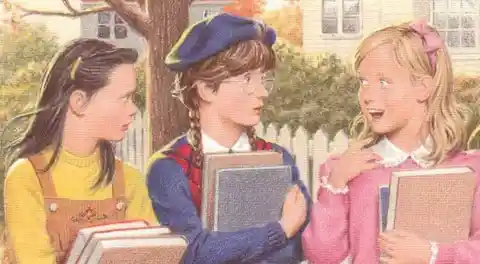
nymag.com
Number One: Julie Albright. Finally, Julie Albright (1974) is the last of the original American Girl dolls that Rowland and her team created. Julie is sometimes referred to as the “hippie.” She teaches young girls and boys about the changes in society and the various movements created in society. Julia shows children how people did not want to conform to these changes or movements, such as feminism and gender equality in sports.

